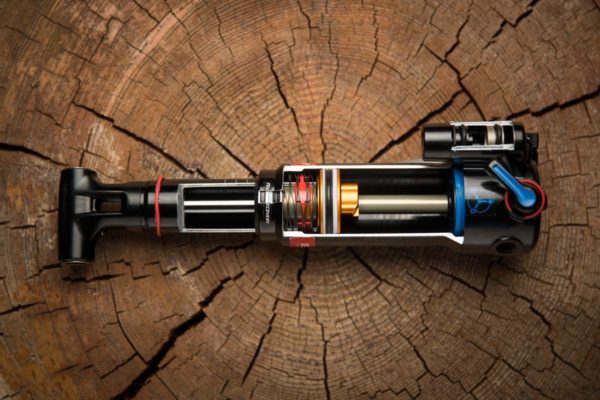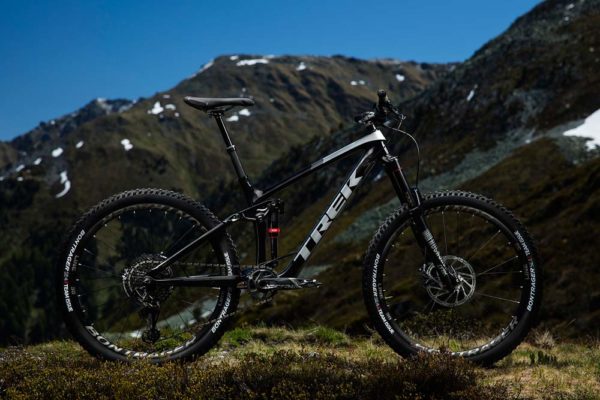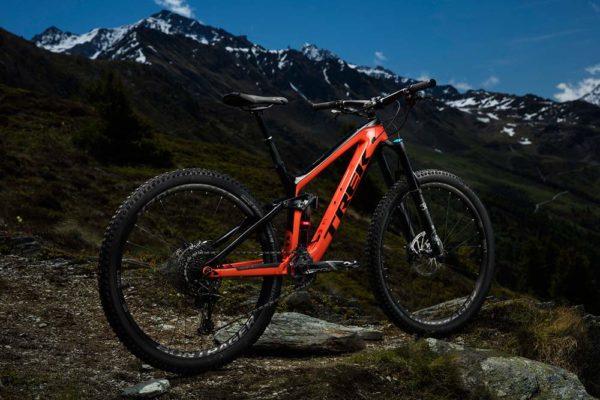After just explaining how an IFP works in our Suspension Tech series, Trek’s gone and done away with it altogether. Their new RE:aktiv shocks, co-developed with Penske and made for them by both Rockshox and Fox, use a through-shaft design to eliminate the need for a compressible overflow chamber.
Thru shocks are used in Formula One, short track sprint cars and other motorsports. Penske (and others) make through shocks for them, so the partnership with Trek wasn’t much of a stretch. The benefits are plentiful. For starters, there’s no internal floating piston pushing back on the system, so the shock more easily moves into its travel on small bumps. There’s also fewer moving parts and a much simpler flow path, so things can move more freely inside. Those features and more add up to a shock that should be much more responsive…
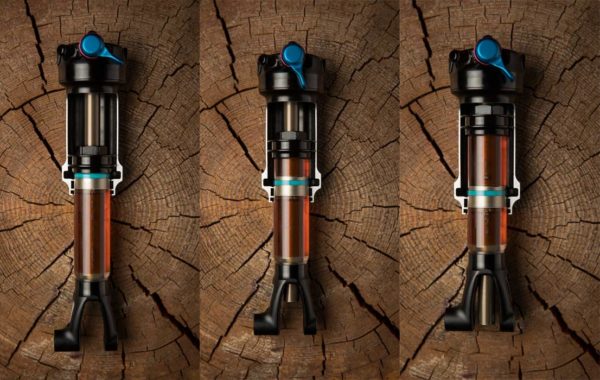
Why does a thru shaft eliminate the need for an IFP? In a regular shock, as the damping circuit moves through the oil, most of the oil is flowing through the circuit to the other side. But some of that space is taken up by the shaft, which takes up more volume as it’s pushed into its stroke. That extra volume as to go somewhere, so the IFP is pushed against its nitrogen charged chamber to make room. With a thru shaft design, the shaft is running all the way through the shock, so there’s no displacement from the shaft itself. There’s still some need for an expansion chamber as the fluid heats up and expands, but that’s another story (we’ve inquired as to how Trek is handling this, update as we get it).
The other big goal with removing the IFP was to reduce any lag in response. Stiction at the IFP piston means it might react more slowly than the air piston, which creates imbalances in oil pressure. And those pressure imbalances mean the shock isn’t responding as smoothly as it could (hysteresis). On the bike, their goal was to make it track the terrain better than ever and be ultra responsive to the smallest of inputs.
Both Fox and Rockshox will be making shocks for Trek with this design.
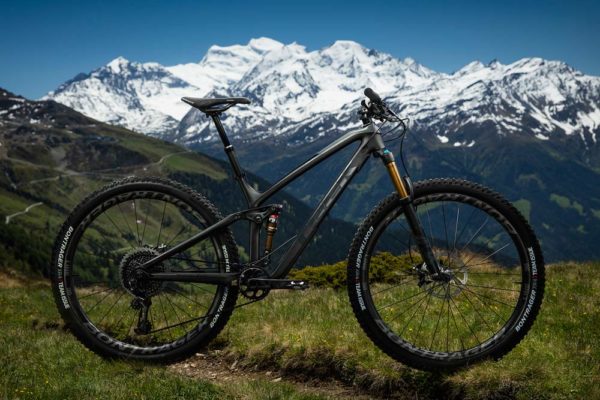
You’ll find the thru-shaft RE:aktiv shock on the 2018 Trek Fuel EX 9.9…
…2018 Trek Remedy 9.8 and 9.8 Women’s…
…and Trek Slash 9.7 and 9.8. It’ll also be available on framesets for these bikes.

